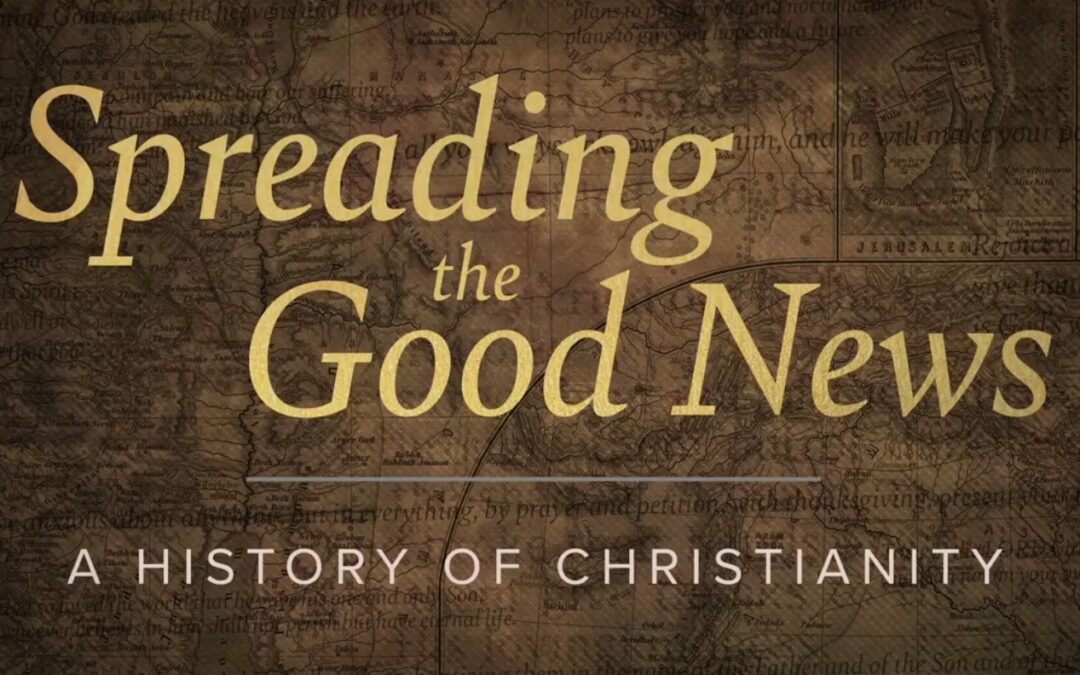Praise the Lord. Praise the Lord, my soul. I will praise the Lord all my life. — (Psalm 146:1-2, NIV)
I love history! I love to read about American history and sports history. I enjoy hearing relatives share family history too. I am constantly learning about those who came before me.
As much as anything, I love church history. It is remarkable that a movement led by Jesus of Nazareth and his followers became the largest body on the face of the earth. In a context that included the dominant Roman Empire and Jewish rituals and regulations that dictated the daily lives of many, Jesus emerged as a leader unlike any person we have known. This movement and development of the church that followed his resurrection changed the world.
An understanding of the church’s history helps us understand our story today. An old quote by Charles Wolf, Jr. goes, “those who don’t study the past will repeat its errors.” We move forward as the church by understanding the past.
Noted Christian author, Phyllis Tickle, writes in her book, The Great Emergence, that every 500 years the church makes a significant shift. Old forms of spirituality are replaced with new expressions of the faith. This does not mean that previous forms are obsolete. They just lose their place as the dominant form of Christianity.
For Tickle, the great shifts involved Constantine in the late Fourth and Fifth Centuries, the schism between the West and the East in the Eleventh Century, and the Reformation in the Sixteenth Century. She writes that church life is currently in the midst of the Postmodern era of the Twenty-First Century. Changes are taking place.
This month I will take a look at each of these periods with a preaching series in worship entitled, “Spreading the Good News.” I will look at each of the 500 year periods, reflect on lessons learned, and consider ways we can move forward by looking at the past. I hope you can join us on the journey!
Blessings to you, Scott

